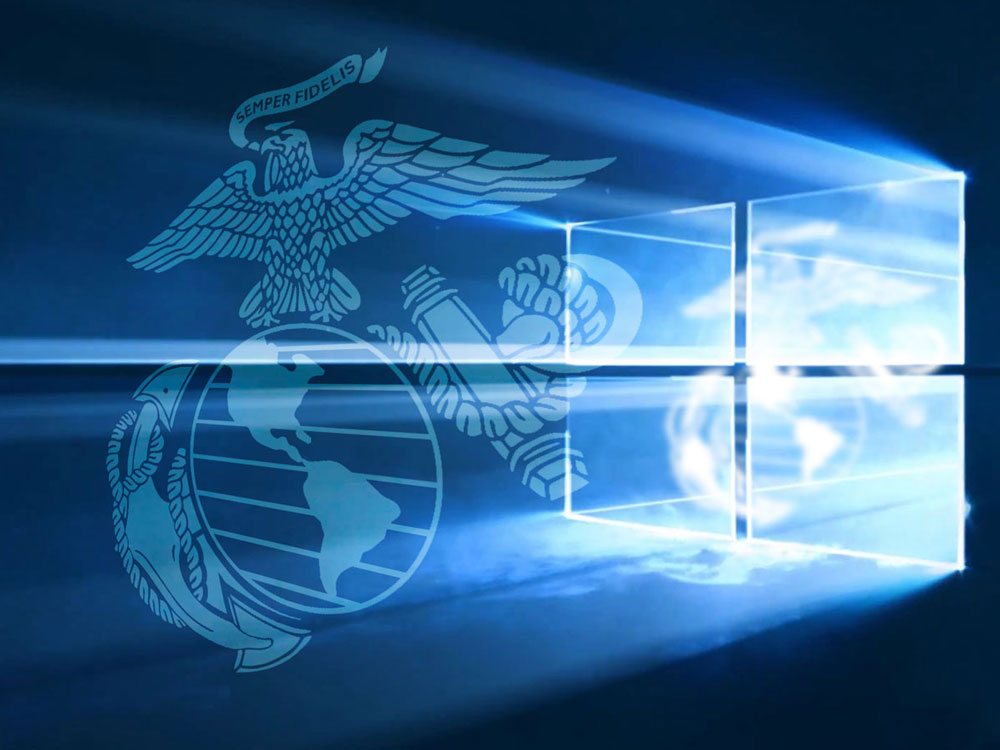The U.S. Marines Wants You: to help the Corps upgrade to Windows 10

According to Federal News Radio, the U.S. Marine Corp’s plan to upgrade its IT infrastructure to Windows 10 is underway, with help from a number of private enterprises assisting with the transition to the new operating system. Executive Assistant for Marine Corps HQ Command, Control, Communication and Computers, Ronald Zich, reported a large percentage of what appears to be as many as 90,000 unclassified computers, 30,000 tactical computers, and “...any sort of vehicle...” will undergo an upgrade within the next 12 months, with a total upgrade process to be complete sometime in 2017.
Zich further elaborated on his comments by stating that: “...If you ask me today if we are going to get there, I’m going to tell you ‘Absolutely,’ I just don’t know how yet. So, if your company has some Windows 10 experience, if you have some experts on how to do 120,000 computers on multiple network … let me know.”.
Contract partners, System Command and the Defense Information Systems Agency, are reportedly providing support to the Marine Corps, towards an optimistic 2016 target deadline. An official Windows 10 image is expected to be published by the U.S. Department of Defense within a month, after which, the first round of upgrades will begin on low-impact systems first, and progressively move to more complex architectures.
As a National Security Agency factsheet reports, the Windows 10 image to be released by DoD “...provides administrators with a common core operating picture that makes it easier to identify and isolate anomalies. … In addition to reducing security risks, building [a secure host baseline] image lowers the overall cost of managing a network...”.
Information Chief Terry Halvorsen was tasked this month, with starting the transition for all systems governed by the Department of Defense, according to a memorandum released in November 2015. The biggest challenge will be to bring up to speed large numbers of computers, still running a mixture of operating systems including Windows 7, Windows 8 and Windows XP, in an effort to close the loops on all potential security issues, which could still be used as a low-security point of entry for unauthorized individuals looking to compromise DoD’s networks.